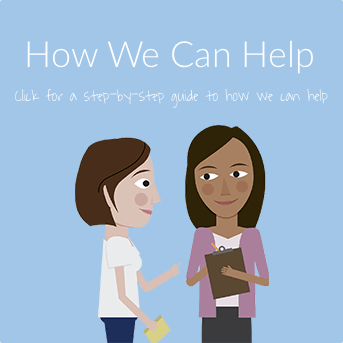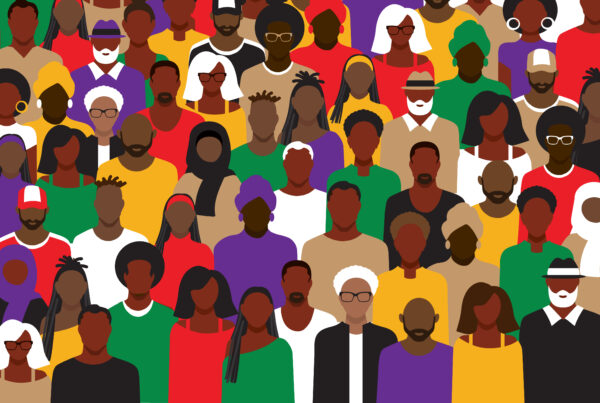It’s a staggering statistic: 1 in 4 adults living in America have a mental health problem, such as anxiety, social anxiety, or depression. Given this, it would be natural to expect that it would be relatively easy to get help for these mental health challenges. But, curiously, it’s not. Here are a few reasons I have observed that help explain why:
1. Stigma or the fear of stigma. Despite the progress made through the #stopthestigma campaign, stigma has been a strong force over the years. Mental health problems have, at times, not been viewed as the real, treatable, health problems they often are. Talking about them has not been the norm. Whispers, awkward glances, and hushed conversations about something “not being right” have historically been commonplace.
We frequently fear being stigmatized when, in truth, we don't really know if others will accept us or not. None of us wants to be labeled, but sometimes the fear itself-of being judged or labeled-is our biggest foe. Often, the best step we can take is to reach out and get the help we need, regardless of what others think. Often people find that others are compassionate when they learn of these struggles.
2. Cost. Mental health care, like any health care, costs money. Whether it means an office visit and the cost of a monthly prescription or 3 months of face-to-face Cognitive Behavioral Therapy (CBT), mental health care is not cheap. For many years, stigma and cost have prevented a large number of people from seeking help. With the enactment of the Affordable Care Act (ACA), cost has become less of an issue. The ACA has expanded mental health and substance use disorder benefits for 62 million Americans. Most health plans must now cover depression screening and behavioral health assessments at no cost, and plans are no longer able to deny coverage based on a pre-existing mental health condition.
Not all providers participate in insurance plans, but many do, so it is definitely worth looking into.
3. A shortage of mental health professionals. For many people choosing to seek care, distance and waiting lists pose an additional hurdle. While some areas may have a sufficient number of providers, there are many mental health provider shortage areas that continue to face growing needs, especially with the expansion of coverage under the ACA.
4. Fear is a pervasive obstacle. Fear of being labeled. Fear of therapists or therapy. Fear of admitting the problem itself.
Fear is a normal emotion with any challenge in life, but in many cases, working through that fear is a step in the right direction, a step toward help and healing. Many people have found that, if they can just take that first step, the fear becomes more manageable.
5. The nature of the beast. Anxiety and depression are, by their very nature, obstacles to finding a solution. In severe instances, many sufferers can hardly get out of the house or even out of bed. Other times people rationalize their thoughts and behaviors as “just my personality.” Coming to a point of acceptance about needing help and having the energy and courage to take a first step of asking for help are all part of the picture.
These factors are complicated and often compound one another. But our hope is that through awareness, accessibility, innovation, and courage, we can start to roll back this beast. Our #mentalhealthmatters.




